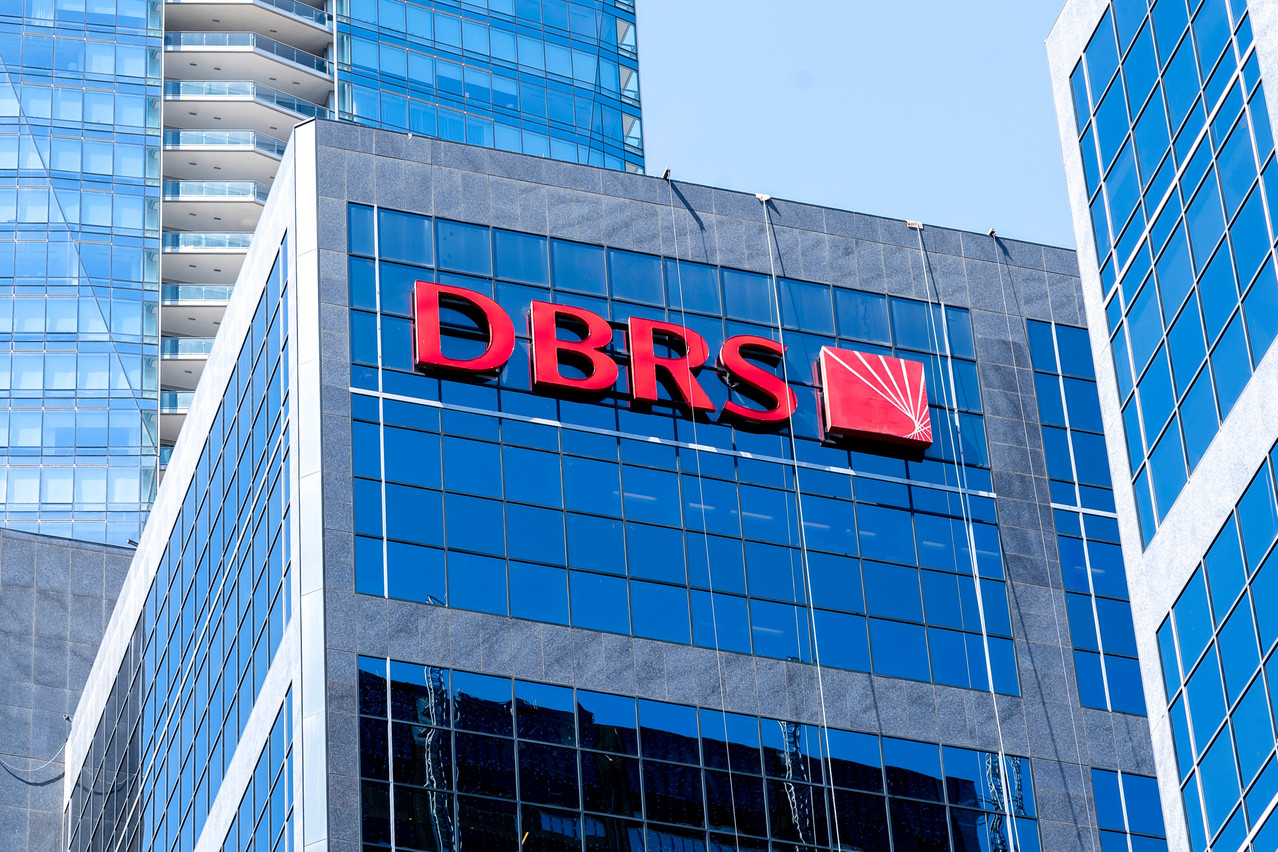The European Banking Authority’s soon-to-be-released banking stress tests are based on “unique criteria”, with more extreme economic assumptions that are “still far” from actually occurring, a global credit ratings agency has stated. That could lead to “unique results”.
The EBA the 2023 EU-wide stress test on 31 January 2023 with the aim of evaluating the resilience of the European banking sector amid the current uncertain and evolving macroeconomic conditions.
The results will be published this coming Friday at 6pm, the EBA on Friday 21 July.
Participating banks
The 2023 stress test encompasses a sample of 70 banks, including 57 from the eurozone, accounting for approximately 75% of the total assets of EU banks. This represents a 40% increase in the number of banks included in the exercise.
Three Luxembourg-based banks which are part of the European Central Bank’s stress test--Banque et Caisse d'Epargne de l’Etat (Spuerkeess), Banque Internationale à Luxembourg and Quintet Private Bank--are of the EBA’s list.
Assessing foundational strength
The EBA’s assessment is based on various macroeconomic scenarios, including an adverse one, resulting from hypothetical heightened geopolitical tensions leading to adverse impacts on private consumption and investments due to high inflation and higher interest rates, both domestically and globally.
The EBA in January that the “severe nature” of this adverse scenario is a “deliberate choice” and reflects its purpose to assess the European banking system’s resilience in a severely deteriorated macro-environment.
However, the “real data for 2023 shows that the assumptions included in the adverse scenarios are far from materialising,” the credit ratings agency DBRS Morningstar highlighted in a issued on Monday 24 July 2023. “We consider the assumptions in the adverse macro-financial scenario outlined in the 2023 EBA stress test are the toughest we have observed over time in these exercises,” the firm’s report stated. Conditions in the revamped stress included a contraction in GDP more than double the average rate used in previous stress tests, as well as much steeper spikes in unemployment and consumer inflation.
“We believe the singularity of the adverse scenario considered in this stress [test] could lead to some unexpected results compared to the performance of banks in previous exercises," said Pablo Manzano, vice president, global financial institutions group at DBRS Morningstar.
Methodology changes
In this latest stress test, EBA introduced a detailed sectoral analysis for the first time, requiring banks to disclose their non-financial corporate exposures categorised into 16 different sectors based on the Eurostat NACE2 economic sector code.
By applying sectoral sensitivities to individual portfolios’ projections, the EBA expects to enhance the accuracy of the results.
While this provides competent authorities with higher quality data for the supervisory review and evaluation process (SREP) for each bank, the individualised data will not be publicly available.
